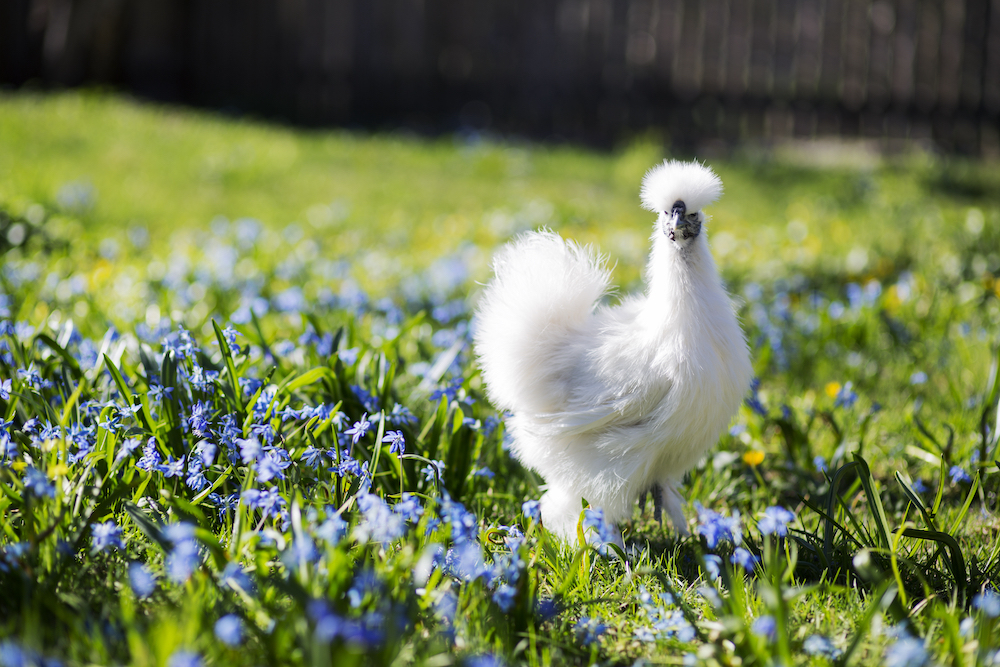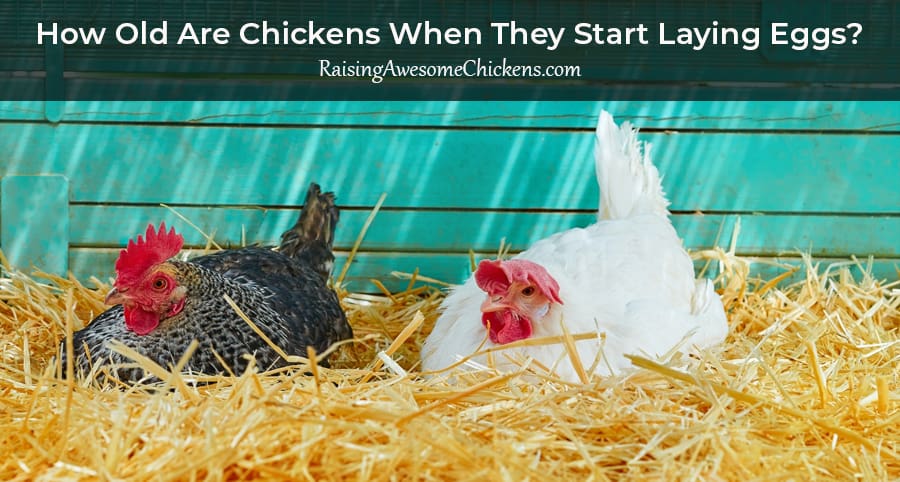Last Updated on February 22, 2024 by AwesomeChickens
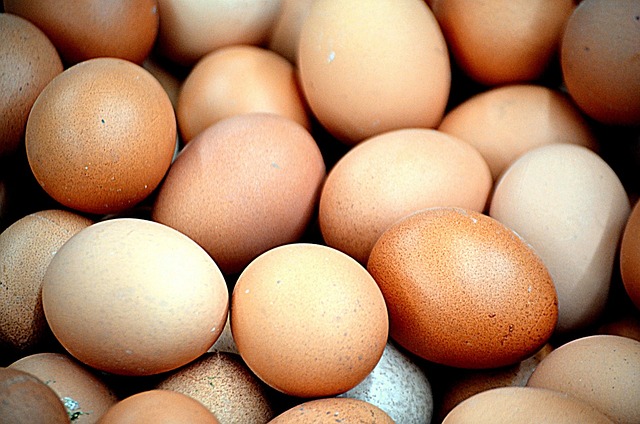
Have you ever found yourself pondering the enigmatic question of how many eggs a chicken can lay in a day? It’s a query that has captivated the curiosity of many, and today, we’re here to unravel the mystery surrounding this fascinating aspect of chicken life. As you savor a delectable omelet or a perfectly poached egg, take a moment to appreciate the miraculous process that leads to those eggs gracing your plate. Chickens, truly remarkable creatures, engage in a complex dance of genetics, age, nutrition, and well-being to contribute to our daily egg delight.
Table of Contents
Factors Affecting Egg Production
The number of eggs a chicken can lay in a day is influenced by a multitude of factors, each playing a crucial role in the intricate dance of egg production. To truly appreciate and manage this process effectively, let’s delve into the various elements that shape the egg-laying potential of chickens.
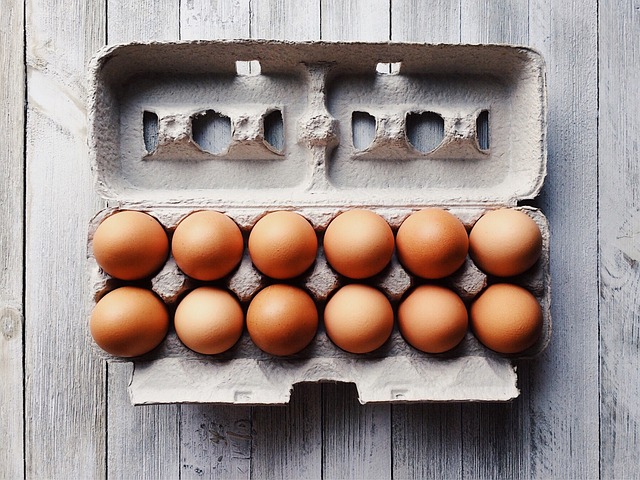
Breed of Chicken
A chicken’s breed is a fundamental determinant of its egg-laying prowess. Different breeds have been selectively bred over generations to exhibit specific egg-laying abilities. Some breeds, aptly named “egg-laying” or “production” breeds, have been bred specifically for high egg production. An exemplary representative of this category is the White Leghorn, known for laying a remarkable number of eggs on a daily basis.
Conversely, certain breeds may focus on other traits, such as meat production or ornamental purposes, resulting in lower egg production. Heritage breeds like the Brahma or Cochin might lay fewer eggs than their production-focused counterparts. It’s essential to acknowledge that individual variations within each breed can also influence the number of eggs laid. Choosing the right breed tailored to specific needs and preferences can maximize daily egg production.
Age of the Chicken
The age of a chicken is a pivotal factor in determining its egg-laying capabilities. The reproductive system of a chicken takes time to develop fully, and pullets (young female chickens) typically start laying eggs when they are around 4 to 6 months old. However, the precise age at which a chicken begins laying eggs can vary depending on the breed and individual factors.
As chickens mature, their egg production tends to increase, reaching a peak at around 1 to 2 years of age. During this period, chickens establish a consistent laying pattern, contributing to a higher number of eggs in a day. It’s worth noting that as chickens age, their egg production may gradually decline. Exceptions exist, with certain breeds designed for high egg production starting to lay earlier, while heritage breeds may take longer to commence but could continue laying eggs for an extended period. Understanding the age factor is crucial for managing egg production effectively.
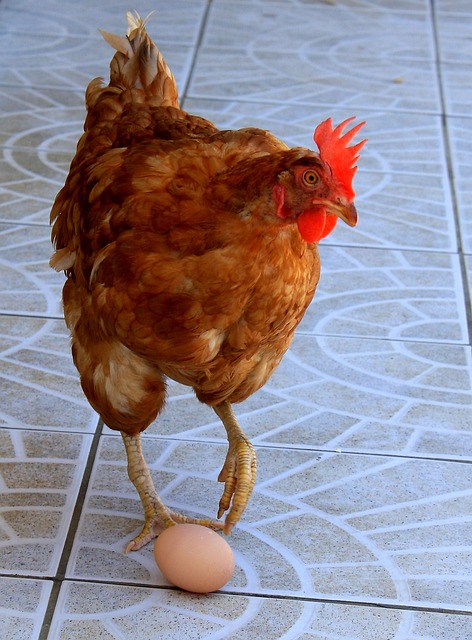
Nutrition and Diet
Nutrition and diet play a pivotal role in determining the number of eggs a chicken can lay in a day. Just like humans, chickens require a balanced diet to maintain good health and optimum egg production. The quality and quantity of the food they consume directly impact the number of eggs they can lay.
A well-balanced diet for chickens encompasses a combination of grains, proteins, vitamins, and minerals. Protein-rich foods such as legumes, meat scraps, and soybean meal provide essential amino acids crucial for egg development. Including calcium-rich sources like oyster shells or crushed eggshells in their diet is imperative for producing strong eggshells.
Access to fresh and clean water is vital for hydration, supporting the overall egg production process. Maintaining a consistent feeding schedule enables chickens to regulate their egg-laying cycle effectively. Responsible chicken owners prioritize providing the right nutrition and diet, resulting in healthier hens and an increased number of eggs laid daily.
Health and Well-being of the Chicken
The health and well-being of a chicken are paramount in determining the number of eggs it can lay in a day. Similar to humans, chickens require proper care and attention to maintain overall health and fertility.
A well-balanced diet, formulated specifically for laying hens, provides the necessary nutrients for consistent egg production. Chickens thrive in a clean and comfortable living environment, and a well-maintained coop promotes good health and reduces stress levels. Adequate ventilation, proper lighting, and regular exercise are essential for their well-being.
Regular health check-ups and vaccinations are necessary to prevent diseases and maintain the birds’ overall health. Any illness or injury can impact egg production, causing a decrease in the number of eggs laid. By prioritizing the health and well-being of chickens, poultry farmers can maximize egg production, ensuring the birds lead happy and productive lives.
Average Egg Production per Chicken
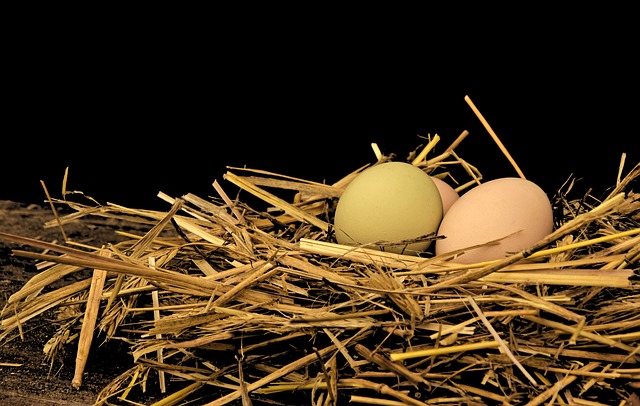
Certain breeds are renowned for laying more eggs than others, and understanding their average production rates is essential for poultry enthusiasts and farmers alike. For example, high-production breeds like Leghorns are capable of laying around 280-320 eggs per year, translating to about 0.8-0.9 eggs per day.
Young hens tend to have higher egg production rates compared to older ones. Typically, a pullet will begin producing eggs around 18-20 weeks of age and may lay around 4-5 eggs per week initially. As they mature, the number of eggs per week usually increases.
To provide a comprehensive overview, let’s explore the average number of eggs produced by the top 20 common chicken breeds in the U.S.:
- Leghorn: 280-320 eggs per year (Approximately 0.8-0.9 eggs per day)
- Rhode Island Red: 200-300 eggs per year (Approximately 0.5-0.8 eggs per day)
- Plymouth Rock: 200-280 eggs per year (Approximately 0.5-0.8 eggs per day)
- Sussex: 240-250 eggs per year (Approximately 0.7 eggs per day)
- Wyandotte: 200-220 eggs per year (Approximately 0.5-0.6 eggs per day)
- Orpington: 180-200 eggs per year (Approximately 0.5-0.6 eggs per day)
- Australorp: 250-280 eggs per year (Approximately 0.7-0.8 eggs per day)
- Hamburg: 180-240 eggs per year (Approximately 0.5-0.7 eggs per day)
- Jersey Giant: 180-200 eggs per year (Approximately 0.5-0.6 eggs per day)
- Marans: 150-200 eggs per year (Approximately 0.4-0.6 eggs per day)
- Ameraucana: 180-200 eggs per year (Approximately 0.5-0.6 eggs per day)
- Delaware: 180-240 eggs per year (Approximately 0.5-0.7 eggs per day)
- Brahma: 150-200 eggs per year (Approximately 0.4-0.6 eggs per day)
- Cochin: 160-180 eggs per year (Approximately 0.4-0.5 eggs per day)
- Minorca: 200-220 eggs per year (Approximately 0.5-0.6 eggs per day)
- Ancona: 180-200 eggs per year (Approximately 0.5-0.6 eggs per day)
- Barnevelder: 180-200 eggs per year (Approximately 0.5-0.6 eggs per day)
- ISA Brown: 300 – 350 brown eggs per year (Approximately 0.8 to 1 egg per day)
- Polish: 180-200 eggs per year (Approximately 0.5-0.6 eggs per day)
- Easter Egger: 160-200 eggs per year (Approximately 0.4-0.6 eggs per day)
These estimates provide insights into the diverse egg-laying capacities of different chicken breeds, allowing enthusiasts to make informed choices based on their preferences and production requirements.
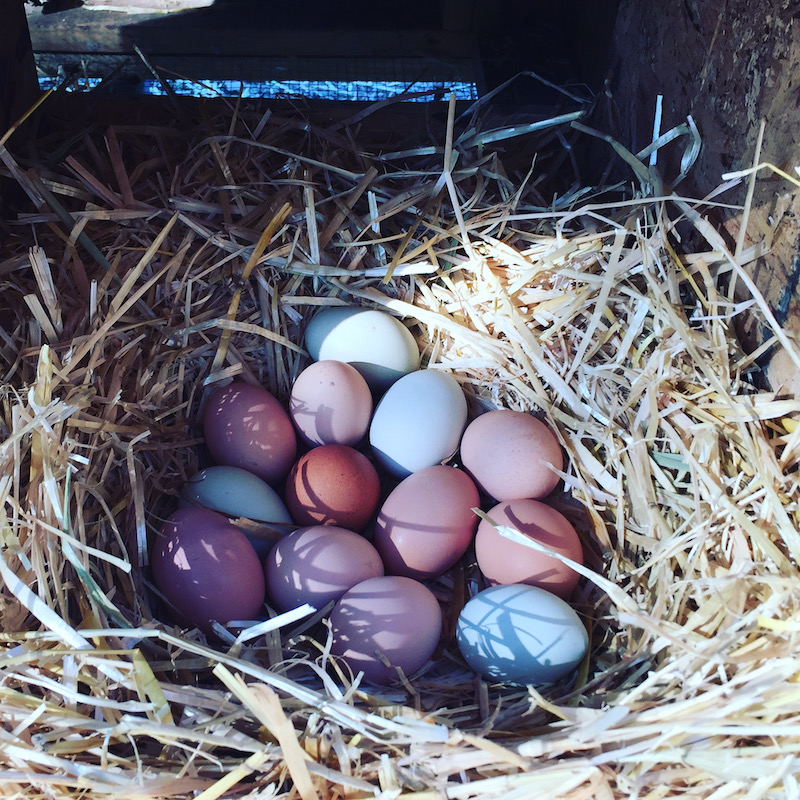
Conclusion
The mystery of how many eggs do chickens lay in a day is intricately woven into the tapestry of genetics, age, nutrition, and overall well-being. As we unravel this enigma, we gain a deeper appreciation for the remarkable creatures that contribute to our daily egg delights. Let’s never forget to celebrate the diversity of chicken breeds, each with its unique contribution to the poultry world and the joy they bring to our breakfast tables.












